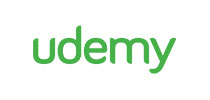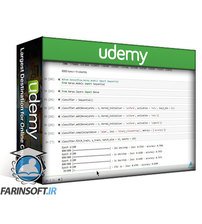در حال حاضر محصولی در سبد خرید شما وجود ندارد.

Master Data Science & Machine Learning in Python: Numpy, Pandas, Matplotlib, Scikit-Learn, Machine Learning, and more!
در این روش نیاز به افزودن محصول به سبد خرید و تکمیل اطلاعات نیست و شما پس از وارد کردن ایمیل خود و طی کردن مراحل پرداخت لینک های دریافت محصولات را در ایمیل خود دریافت خواهید کرد.


AutoCAD 3D: From Basics to Advanced Modelling

TypeScript for Beginners: Mastering TypeScript Fundamentals

The Complete Microsoft SQL Server Course: From A to Z

اوراق بهادار درآمد ثابت: تبدیل به یک تحلیلگر و سرمایه گذار شوید

React Native Unveiled: From Basics to Mobile Mastery

پایتون برای یادگیری عمیق: ساخت شبکه های عصبی در Python

Python & TensorFlow: Deep Dive into Machine Learning

دوره یادگیری کامل Bootstrap 5 : ساخت یک وب سایت Responsive مثل حرفه ای ها

JavaScript برای مبتدیان: دوره کامل برای تازه کاران

PHP Essentials: Deep dive into the Principles of PHP